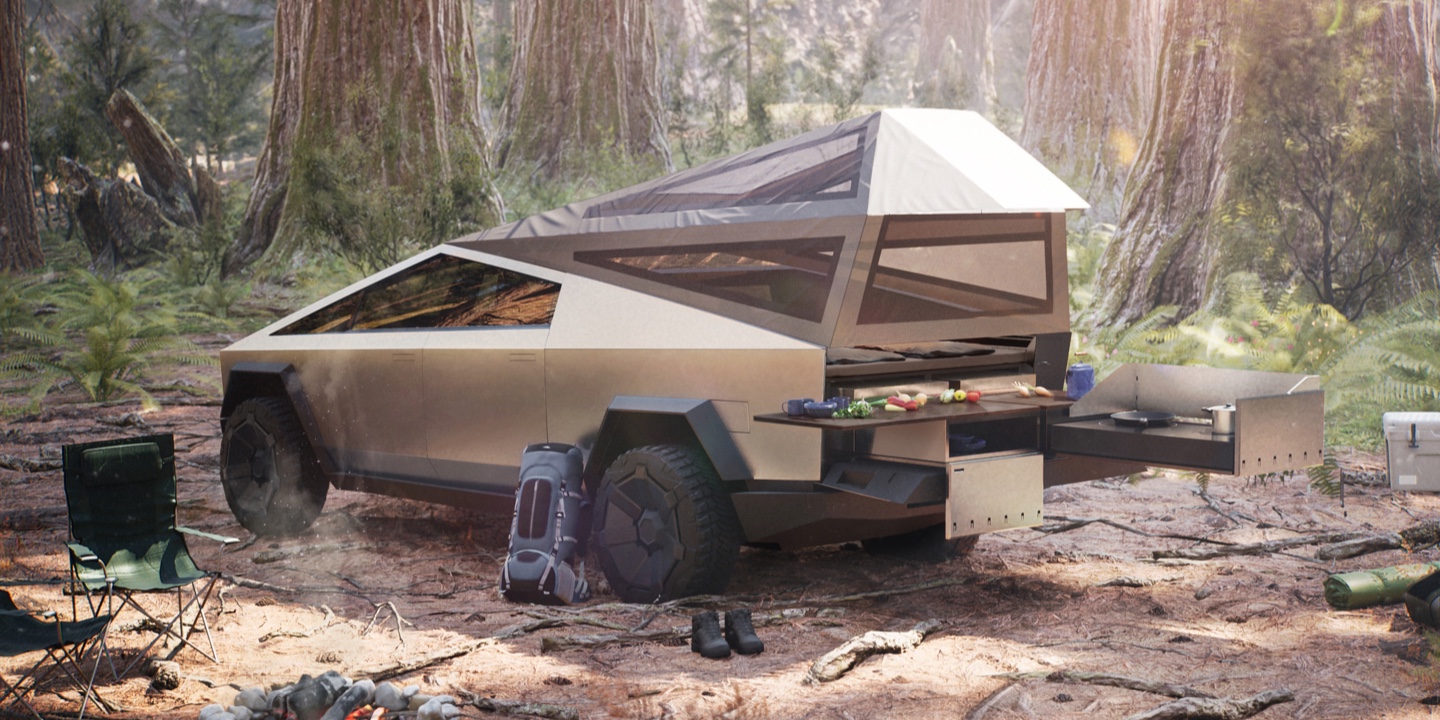
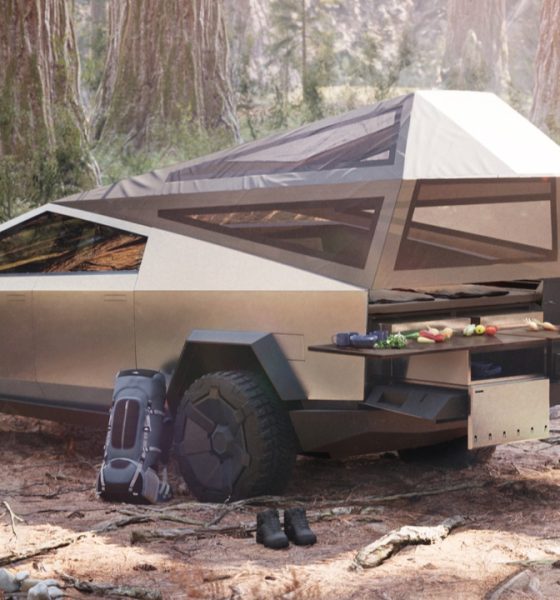
News
Tesla Cybertruck to become New York man’s power source for tiny home
A New York man plans to use the Tesla Cybertruck as a power source for his “tiny home.” Karl Gesslein, a resident of Ithaca placed an order for the Cybertruck the day of the unveiling after realizing that Tesla’s initial attempt at a pickup truck was exactly what he had been looking for since his childhood.
The idea came from his desire to power his new house in a sustainable way, and by using the $50,000 Dual Motor variant of the Tesla Cybertruck, he will no longer need to use portable batteries as his primary power source.
“I watched the Cybertruck reveal and knew I had to have one because it was everything I had always wanted in a car but never been able to have,” Gesslein said. His interest in the Cybertruck came from his childhood dreams of owning cars like the Lotus Espirit and the Delorian DMC-12. But the most appealing thing about the vehicle was its capability to power his house, especially with the help of the “Vault’s” optional solar panel cover.
Currently, Gasslein and his wife live in an off-the-grid house that they have called home for six years. The house utilizes a homemade battery pack, but he is looking for another option as only 1 kWh of the 1.25 kWh system is usable. The Cybertruck, by his estimation, would power his home for 240 straight days, along with some help from solar panels. “That is long enough to get through a pretty harsh nuclear winter with some time to spare,” he says in a blog post he wrote about his idea.
One thing that Gesslein has noted is that the Cybertruck would fight power outages and scheduled blackouts, especially if the vehicle was hooked up to an on-the-grid circuit breaker. Blackouts and power outages are a relevant issue, especially to those who live in California’s San Francisco Bay Area, who were negatively impacted by them earlier this year.
Pacific Gas and Electric (PG&E), a power supplier for many Bay Area homes, conducted mandatory scheduled blackouts to lower the possibility of forest fires caused by their powerlines during California’s windy and dry Autumn months. In response to the blackouts, Tesla offered its solar solutions for a reduced cost, a strategy that would assist homeowners in avoiding blackouts and carbon emissions altogether.
Tesla’s Cybertruck is a versatile machine. Its triple-motor setup offers the highest towing capacity on the market with a 14,000+ lb rating, a stainless steel design that will not bend or dent, a solar panel vault cover capable of charging the vehicle while it is sitting in sunlight, and a charging port for the electric ATV Tesla unveiled at the same event.
But now, the truck will have a new use: powering a future owner’s tiny home. The Cybertruck is a safe and sustainable option for those who are looking for an alternative way to power their homes. While it will take some creativity and some experience with electric, it is definitely possible. “The Cybertruck is the best deal to be found for electric backup power that won’t accidentally burn your house to the ground or kill you in your sleep. Hands down,” Gesslein said.
The Cybertruck begins production in late-2021 and has accumulated over a quarter-of-a-million pre-orders according to CEO Elon Musk. The truck will be available in three trims, a Single, Dual, and Tri-Motor, all offering different power and performance ratings. The Single Motor base model will cost $39,900, the Dual Motor $49,990, and the Tri-Motor variant that will offer a 2.9 second 0-60 MPH acceleration rate will be available for $69,900.
You can watch Karl Gesslein’s video on the idea to utilize his Cybertruck to run his tiny home below.

News
Tesla dominates in the UK with Model Y and Model 3 leading the way
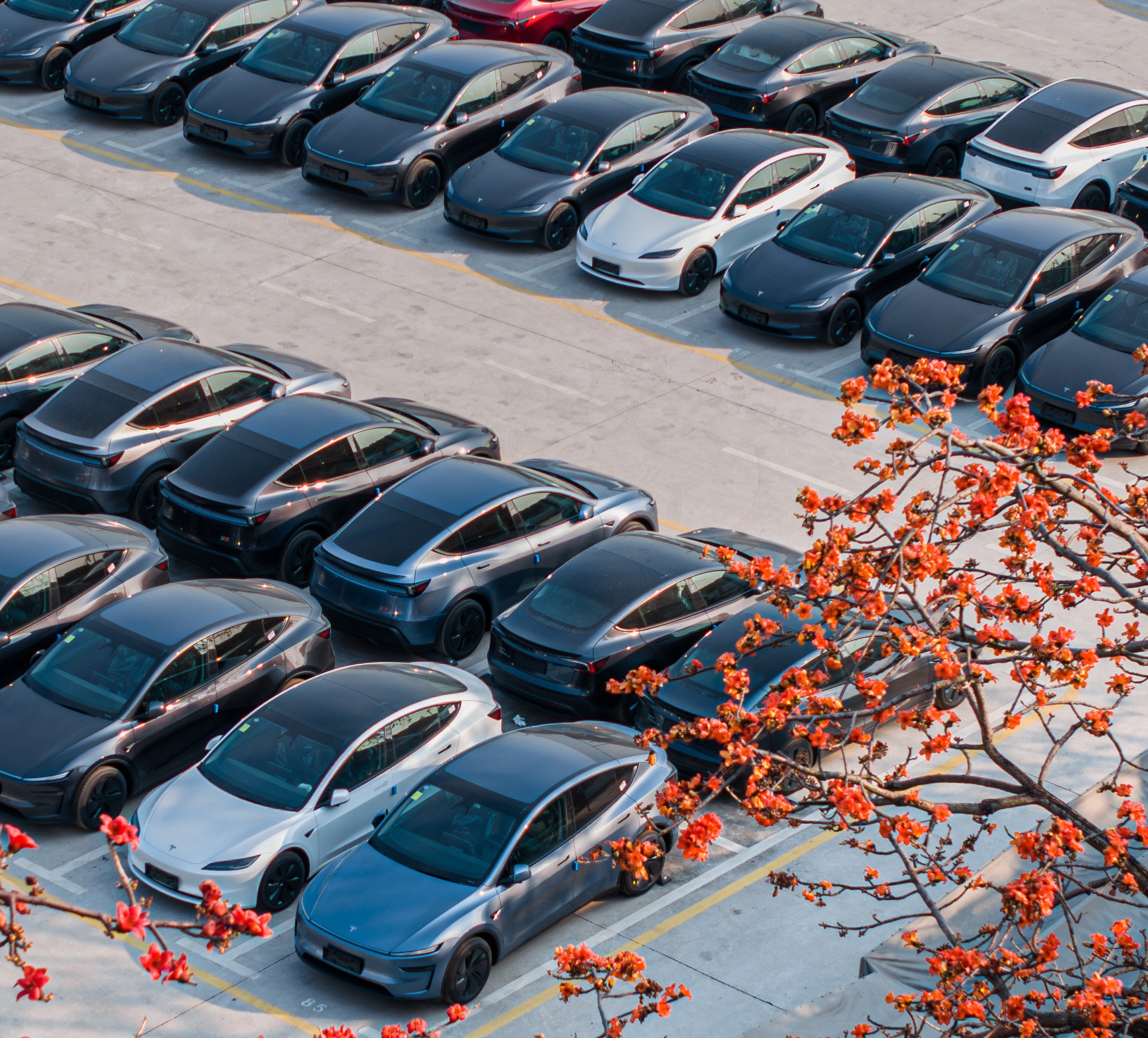
Tesla is dominating in the United Kingdom so far through 2025, and with about two weeks left in the year, the Model Y and Model 3 are leading the way.
The Model Y and Model 3 are the two best-selling electric vehicles in the United Kingdom, which is comprised of England, Scotland, Wales, and Northern Ireland, and it’s not particularly close.
According to data gathered by EU-EVs, the Model Y is sitting at 18,890 units for the year, while the Model 3 is slightly behind with 16,361 sales for the year so far.
The next best-selling EV is the Audi Q4 e-tron at 10,287 units, lagging significantly behind but ahead of other models like the BMW i4 and the Audi Q6 e-tron.
GOOD NEWS 🇬🇧 Tesla is absolutely crushing the UK electric vehicle market in 2025 💥
The numbers are in, and the dominance is clear. With an impressive amount of 42,270 vehicles delivered year-to-date, the brand now commands a solid 9.6% market share of the total auto market 🆒… pic.twitter.com/dkiGX9kzd0
— Ming (@tslaming) December 18, 2025
The Model Y has tasted significant success in the global market, but it has dominated in large markets like Europe and the United States.
For years, it’s been a car that has fit the bill of exactly what consumers need: a perfect combination of luxury, space, and sustainability.
Both vehicles are going to see decreases in sales compared to 2024; the Model Y was the best-selling car last year, but it sold 32,610 units in the UK. Meanwhile, the Model 3 had reached 17,272 units, which will keep it right on par with last year.
Tesla sold 50,090 units in the market last year, and it’s about 8,000 units shy of last year’s pace. It also had a stronger market share last year with 13.2 percent of the sales in the market. With two weeks left in 2025, Tesla has a 9.6 percent market share, leading Volkswagen with 8 percent.
The company likely felt some impact from CEO Elon Musk’s involvement with the Trump administration and, more specifically, his role with DOGE. However, it is worth mentioning that some months saw stronger consumer demand than others. For example, sales were up over 20 percent in February. A 14 percent increase followed this in June.
News
Tesla Insurance officially expands to new U.S. state
Tesla’s in-house Insurance program first launched back in late 2019, offering a new way to insure the vehicles that was potentially less expensive and could alleviate a lot of the issues people had with claims, as the company could assess and repair the damage itself.
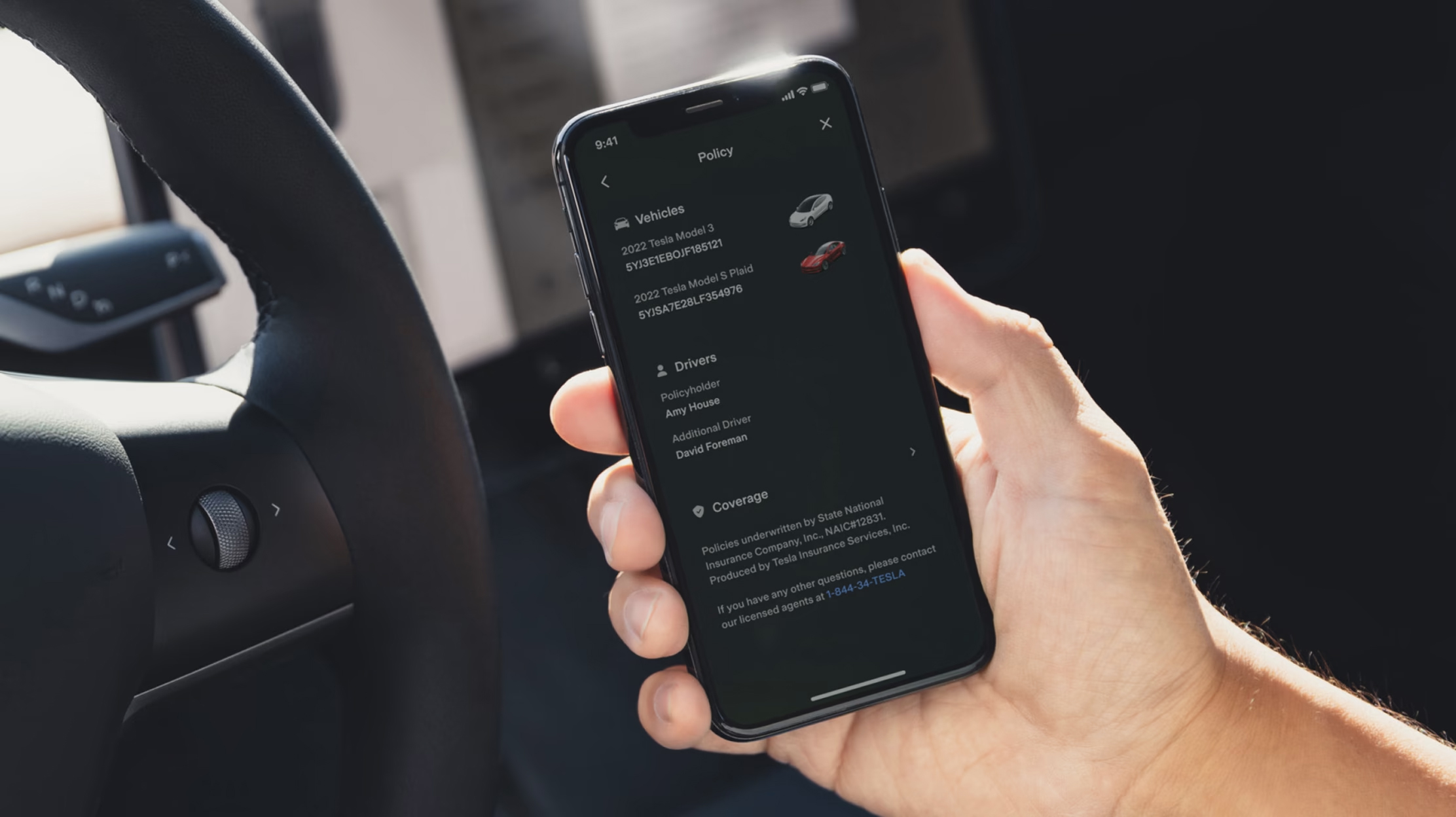
Tesla Insurance has officially expanded to a new U.S. state, its thirteenth since its launch in 2019.
Tesla has confirmed that its in-house Insurance program has officially made its way to Florida, just two months after the company filed to update its Private Passenger Auto program in the state. It had tried to offer its insurance program to drivers in the state back in 2022, but its launch did not happen.
Instead, Tesla refiled the paperwork back in mid-October, which essentially was the move toward initiating the offering this month.
BREAKING: Tesla Insurance has just officially launched in Florida.
This is the first new state to receive @Tesla Insurance in more than 3 years. In total, Tesla insurance is now available in 13 U.S. states (map in thread below of all the states).
Tesla Insurance in Florida uses… pic.twitter.com/bDwh1IV6gD
— Sawyer Merritt (@SawyerMerritt) December 17, 2025
Tesla’s in-house Insurance program first launched back in late 2019, offering a new way to insure the vehicles that was potentially less expensive and could alleviate a lot of the issues people had with claims, as the company could assess and repair the damage itself.
It has expanded to new states since 2019, but Florida presents a particularly interesting challenge for Tesla, as the company’s entry into the state is particularly noteworthy given its unique insurance landscape, characterized by high premiums due to frequent natural disasters, dense traffic, and a no-fault system.
Annual average premiums for Florida drivers hover around $4,000 per year, well above the national average. Tesla’s insurance program could disrupt this, especially for EV enthusiasts. The state’s growing EV adoption, fueled by incentives and infrastructure development, aligns perfectly with Tesla’s ecosystem.
Moreover, there are more ways to have cars repaired, and features like comprehensive coverage for battery damage and roadside assistance tailored to EVs address those common painpoints that owners have.
However, there are some challenges that still remain. Florida’s susceptibility to hurricanes raises questions about how Tesla will handle claims during disasters.
Looking ahead, Tesla’s expansion of its insurance program signals the company’s ambition to continue vertically integrating its services, including coverage of its vehicles. Reducing dependency on third-party insurers only makes things simpler for the company’s automotive division, as well as for its customers.
News
Tesla Full Self-Driving gets sparkling review from South Korean politician
“Having already ridden in an unmanned robotaxi, the novelty wasn’t as strong for me, but it drives just as well as most people do. It already feels like a completed technology, which gives me a lot to think about.”
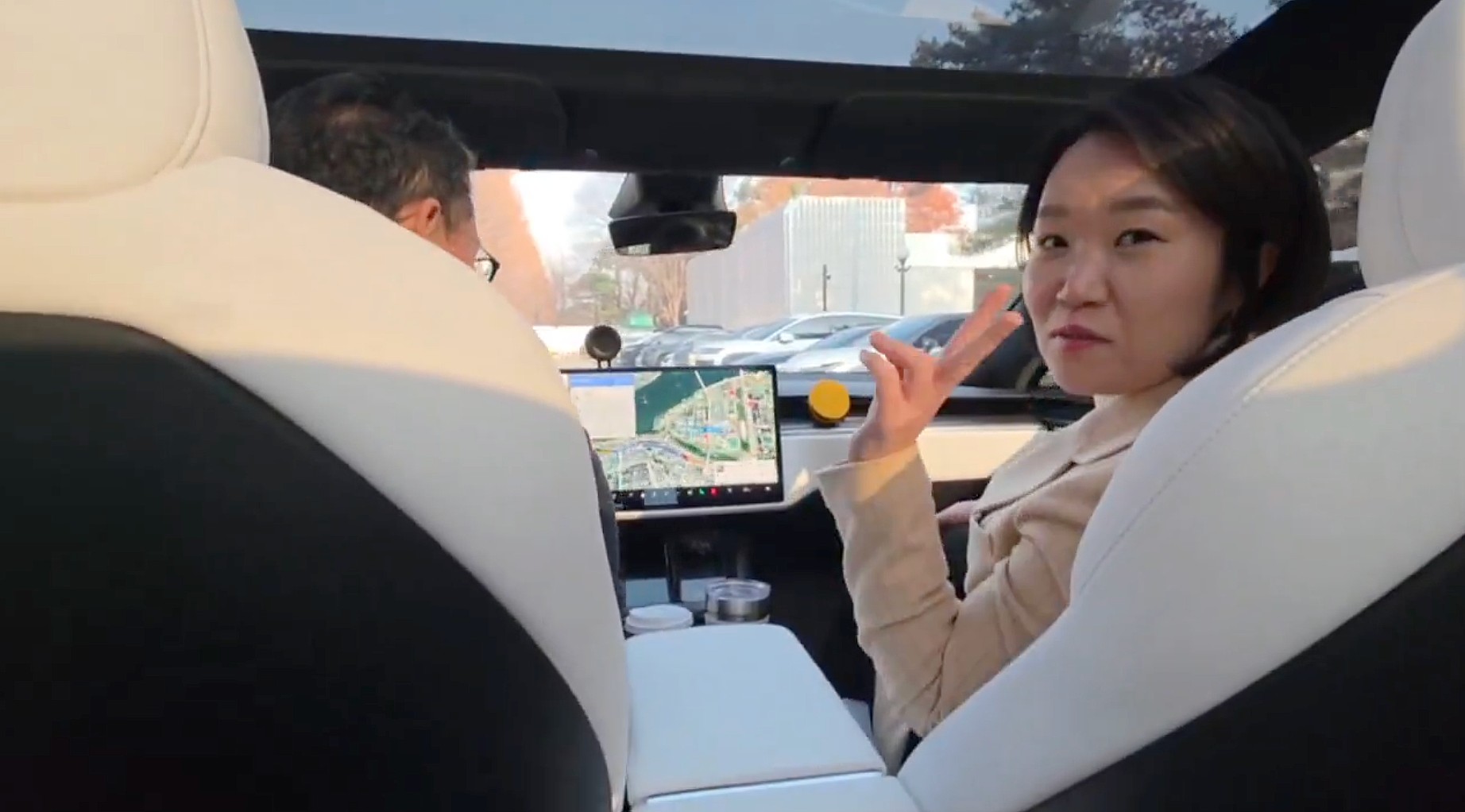
Tesla Full Self-Driving got its first sparkling review from South Korean politician Lee So-young, a member of the country’s National Assembly, earlier this week.
Lee is a member of the Strategy and Finance Committee in South Korea and is a proponent of sustainable technologies and their applications in both residential and commercial settings. For the first time, Lee was able to utilize Tesla’s Full Self-Driving technology as it launched in the country in late November.
Her thoughts on the suite were complimentary to the suite, stating that “it drives just as well as most people do,” and that “it already feels like a completed technology.”
드디어 오늘, 서울에서 테슬라 FSD 체험 했습니다.
JiDal Papa님의 모델S 협찬에 힘입어^^ 파파님 정말 감사합니다.
국회 -> 망원시장 -> 홍익대 -> 국회 복귀 코스였고요.
이미 무인 로보택시를 타봐서 그런지 신기함은
덜했지만, 웬만한 사람만큼 운전을 잘하네요.이미 완성된 기술이라고… pic.twitter.com/8pAidHBpRG
— 이소영 국회의원 (Soyoung Lee) (@im_soyounglee) December 17, 2025
Her translated post says:
“Finally, today I got to experience Tesla FSD in Seoul. Thanks to the Model S sponsored by JiDal Papa^^, I’m truly grateful to Papa. The route was from the National Assembly -> Mangwon Market -> Hongik University -> back to the National Assembly. Having already ridden in an unmanned robotaxi, the novelty wasn’t as strong for me, but it drives just as well as most people do. It already feels like a completed technology, which gives me a lot to think about. Once it actually spreads into widespread use, I feel like our daily lives are going to change a lot. Even I, with my license gathering dust in a drawer, don’t see much reason to learn to drive a manual anymore.”
Tesla Full Self-Driving officially landed in South Korea in late November, with the initial launch being one of Tesla’s most recent, v14.1.4.
It marked the seventh country in which Tesla was able to enable the driver assistance suite, following the United States, Puerto Rico, Canada, China, Mexico, Australia, and New Zealand.
It is important to see politicians and figures in power try new technologies, especially ones that are widely popular in other regions of the world and could potentially revolutionize how people travel globally.








